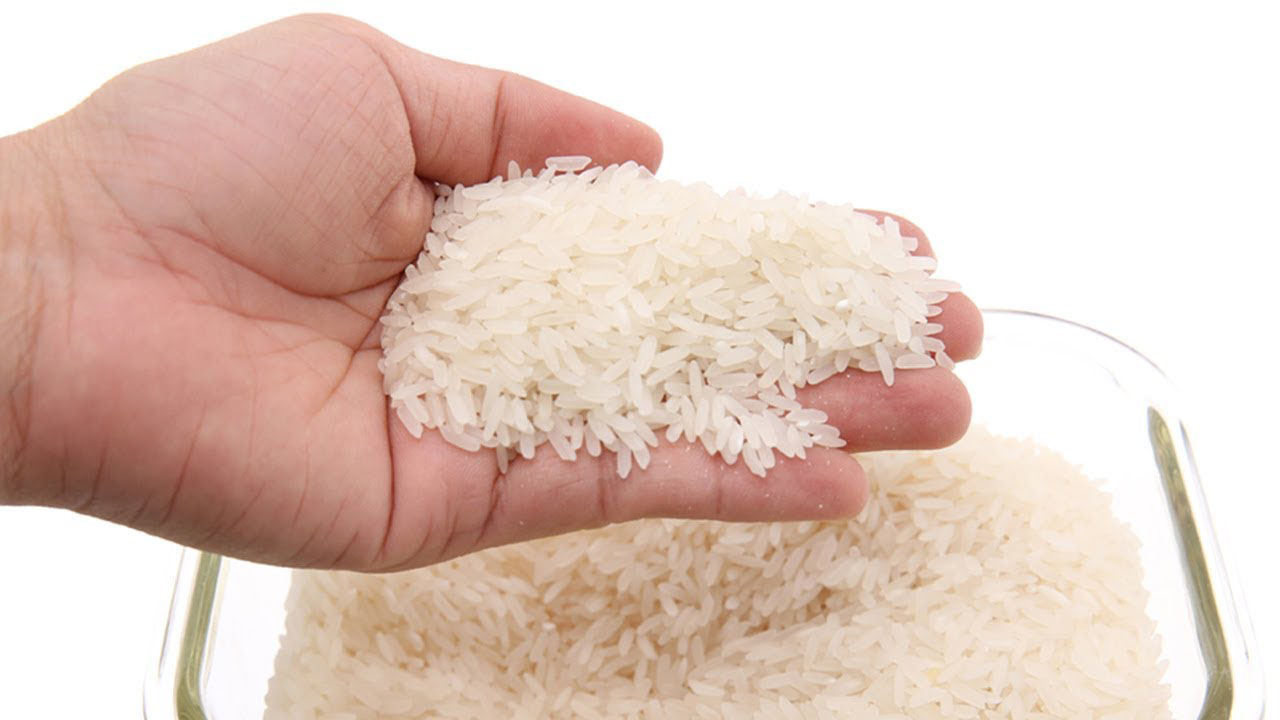
Source: Collected internet.
According to the ups and downs of the nation's history, Vietnamese customs and practices are constantly being innovated according to social trends. One of the oldest and most influential customs in history is the custom of chewing betel. This is a custom that dates back to the Hung King period and originates from the legend of Trau Areca and this custom has become a typical image of the brotherhood and love between husband and wife of Vietnamese people. Not only the custom of chewing betel, Vietnam also has another custom that was born in ancient times, which is the custom of welcoming the new year, also known as Tet - traditional Tet.
Ao Dai not only enhances the gentle and loving beauty of Vietnamese women, but it also shows discreetness, modesty and strange charm. Ao dai today is becoming more and more diverse in shape, color, and pattern, but it still retains its traditional appearance.
Vietnam has an area of 331,690 km², located in the east of the Indochina peninsula, in Southeast Asia. Sharing a border with three countries, Vietnam borders China to the north, Laos and Cambodia to the west, and the East Sea to the east. In 2019, Vietnam's population was more than 96 million people, ranking 13th in the world. Hanoi, the capital of Vietnam, is the second largest city with 6.2 million people, after Ho Chi Minh City, 8.8 million people.
It's the economy of a developing country. From a poor and populous country, Vietnam has gradually recovered and developed after the devastation of war, the loss of financial aid from the former socialist bloc, and the weakness of its economy. concentrated economy. After 1986, with the Doi Moi Policy, Vietnam's economy made great progress and achieved an average economic growth rate of about 9% annually from 1993 to 1997. GDP growth was 8.5% in 1997, it decreased to 4% in 1998 due to the impact of the 1997 Asian economic crisis, and increased to 4.8% in 1999...